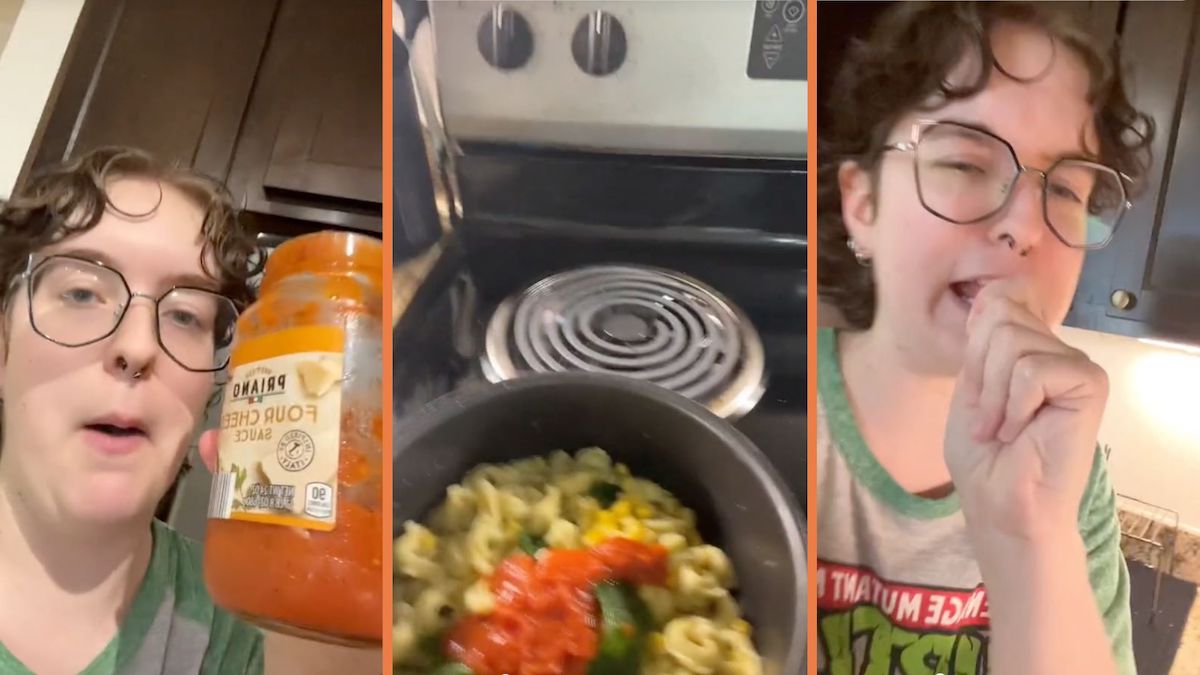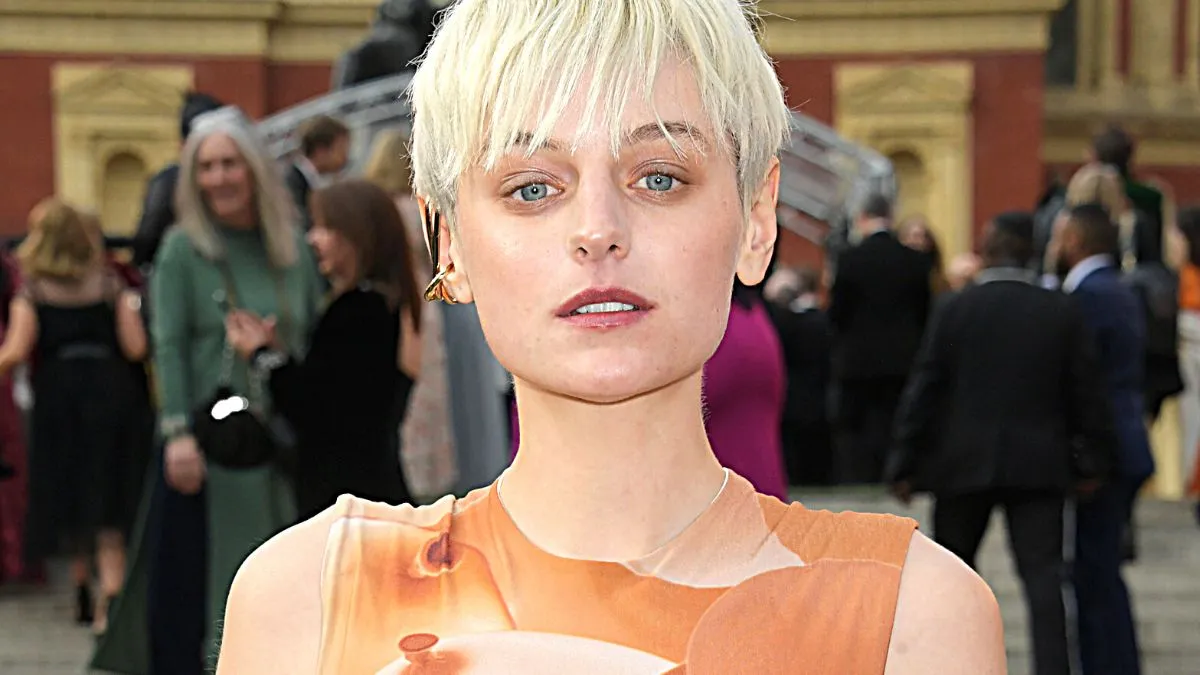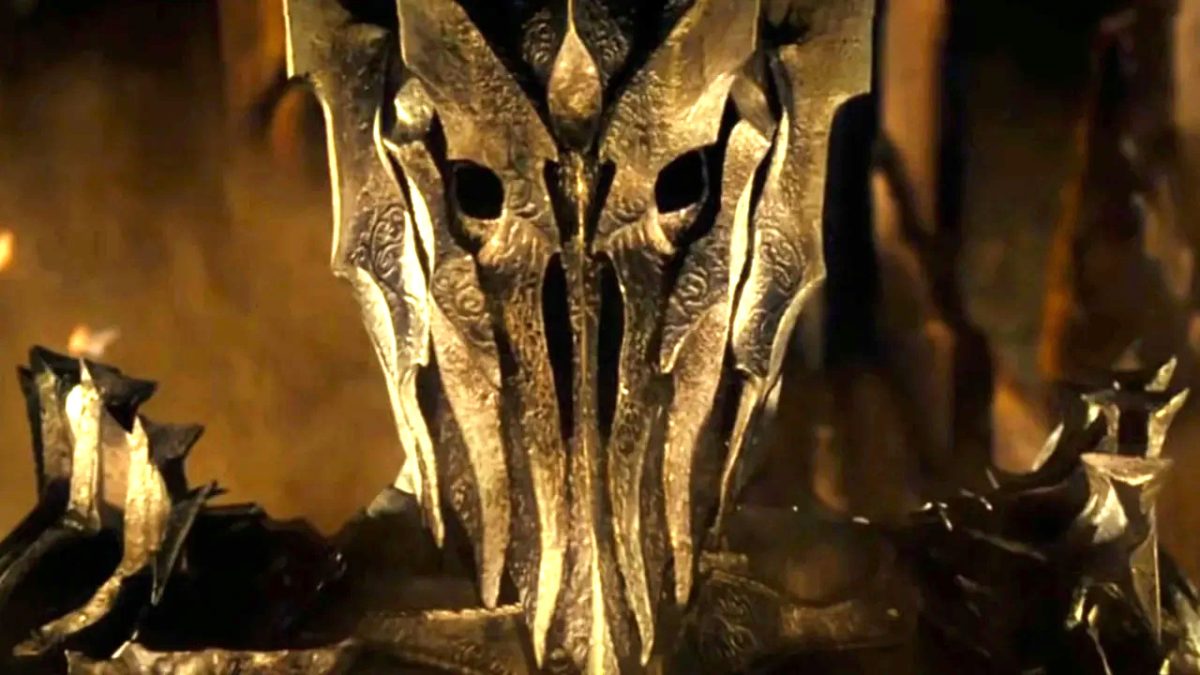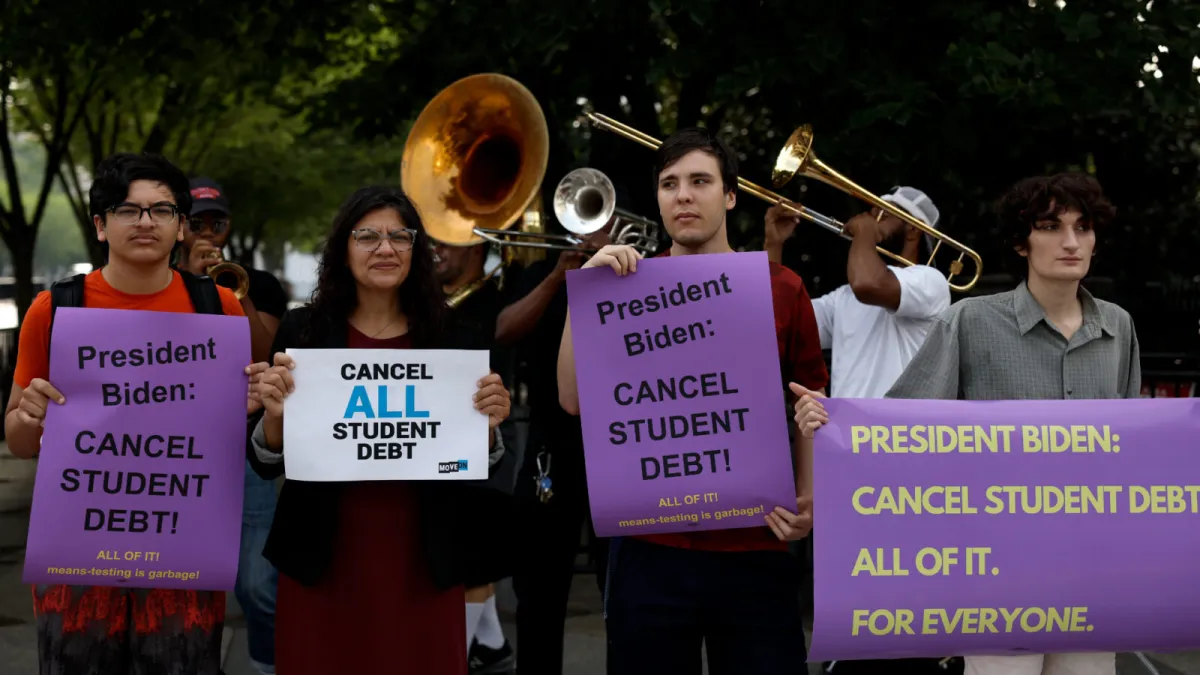
Selina comes from nothing, and presumably grew up in a social environment where having nothing made it harder and harder to live as time went by. Her solution – to steal her way through the world – is not ethically sound, but it is easy to imagine the right combination of desperation and outrage (not just over growing inequality, but increasing government preference towards the privileged) leading a person to see thievery as the only viable path, especially if those being thieved have more than enough to go around.
Selina’s actions are never condoned, but neither are they entirely condemned. Bruce probably could have retrieved his mother’s pearls in their first encounter if he desired, and it would be all too easy to give Selina’s location to the police right away. But even though he frowns upon her methods, Bruce does see legitimacy to the emotions that inspired such tactics. Instead of putting Selina away, Bruce tries redirecting her anger down more positive avenues.
Anger is, after all, key to Batman’s own creation. Fury over a world gone so terribly wrong is part of what compelled Bruce to become a masked vigilante, but to remain heroic, Bruce had to keep that anger in check, making sure it never consumed him. Selina is, in a sense, consumed; she is younger, and rougher around the edges, a raw force of passion capable of great deeds and significant harm. From the very beginning, she displays both a desire to give into baser instincts and ignite revolution, and a willingness to rise above her rage to find more constructive avenues of change. Bruce – and by extension, the film – nudges her down the constructive path, gradually correcting her methods while never rejecting her feelings.
This harmonious middle ground is, I imagine, where Nolan himself falls on modern social issues. The political problems Selina highlights are not to be ignored, nor should they be delegitimized, but reacting in the extreme, as Bane does, will never be the answer. Society is deeply, unequivocally flawed, but detonating modern culture and starting from scratch is not the solution.
Even then, if Nolan didn’t empathize with the outright rage that fuels Bane’s cause, Talia al Ghul would not be part of the story. If Bane continued to be the ultimate arbiter of Gotham’s destruction until the very end, we would lose perspective on the genuine fury behind Bane and the League’s actions. Bane, after all, is the way he is because that’s the role he plays in the world. What else is a man with a dark upbringing, horrible disfigurations, and a drive to destroy going to do?
But Talia is different. Talia is beautiful, smart, and charismatic; she could be anything, anything at all. That she sees destroying Gotham as the only way to do ‘good’ shows just how desperate she’s become, how desperate the world has become. That someone who should be the best of us would try doing something so horrible is deeply, profoundly disturbing. With Bane, or the Joker, or any other major series villain, the evil is expected; that’s the social, archetypical role they play. But Talia doesn’t have to be that, and this is why she’s interesting. More importantly, that’s why her betrayal is so stinging, to Bruce and the audience; her total lack of hope and destructive means to an end signals how far the world has sunk.
But again, giving into overwhelming anger is not the answer. The passion we feel over the world’s problems should be fueled into more positive, constructive outlets. If our broken institutions are to be fixed, meaningful change must be inspired on individual levels; we each have to find within ourselves the power to be better. That’s the point of a symbolic figure like Batman. He exists outside the social structure, but not to revolutionize or reconstruct that structure. As Bruce tells Gordon at the end of the film, the idea behind Batman is that he could be anybody; if someone extraordinary can rise from the ranks of the ordinary, then all shall, theoretically, be inspired to do better, and the system shall perhaps correct itself to help everybody, rather than a select few.
This is the solution The Dark Knight Rises, in its own bombastic way, posits. At the end of the film, Gotham is more broken than ever before, but Batman’s symbolic power has been restored and revitalized, the people have a police force they can believe in again, and both ordinary (John Blake) and extraordinary (Selina Kyle) citizens are starting to do their part to improve the world. Batman has proven that revolution is not the answer, and that there are viable, positive alternatives to craft a functional system.
Nolan’s message isn’t simple. It is not black-and-white, it is not politically partisan, and I wouldn’t even say it’s particularly optimistic. But it is, in its own way, inspiringly hopeful. Nolan suggests that we can stick to what our hearts tell us and rise above our worst instincts at the same time, and that in so doing, we may truly empower and improve the world around us.
Read ‘Part Four: The Fire Rises’ by continuing onto the next page…






